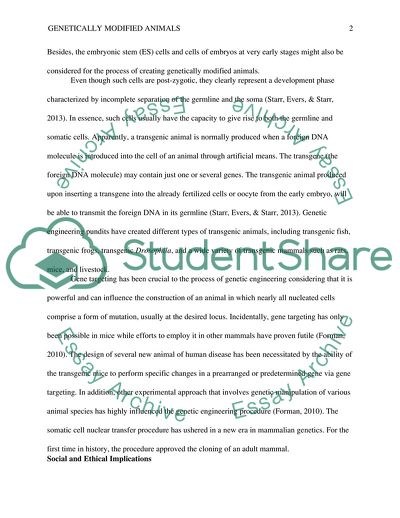Cite this document
(Genetically Modified Animals Personal Statement Example | Topics and Well Written Essays - 1250 words - 1, n.d.)
Genetically Modified Animals Personal Statement Example | Topics and Well Written Essays - 1250 words - 1. https://studentshare.org/biology/1804927-genetically-modified-animals
Genetically Modified Animals Personal Statement Example | Topics and Well Written Essays - 1250 words - 1. https://studentshare.org/biology/1804927-genetically-modified-animals
(Genetically Modified Animals Personal Statement Example | Topics and Well Written Essays - 1250 Words - 1)
Genetically Modified Animals Personal Statement Example | Topics and Well Written Essays - 1250 Words - 1. https://studentshare.org/biology/1804927-genetically-modified-animals.
Genetically Modified Animals Personal Statement Example | Topics and Well Written Essays - 1250 Words - 1. https://studentshare.org/biology/1804927-genetically-modified-animals.
“Genetically Modified Animals Personal Statement Example | Topics and Well Written Essays - 1250 Words - 1”. https://studentshare.org/biology/1804927-genetically-modified-animals.


